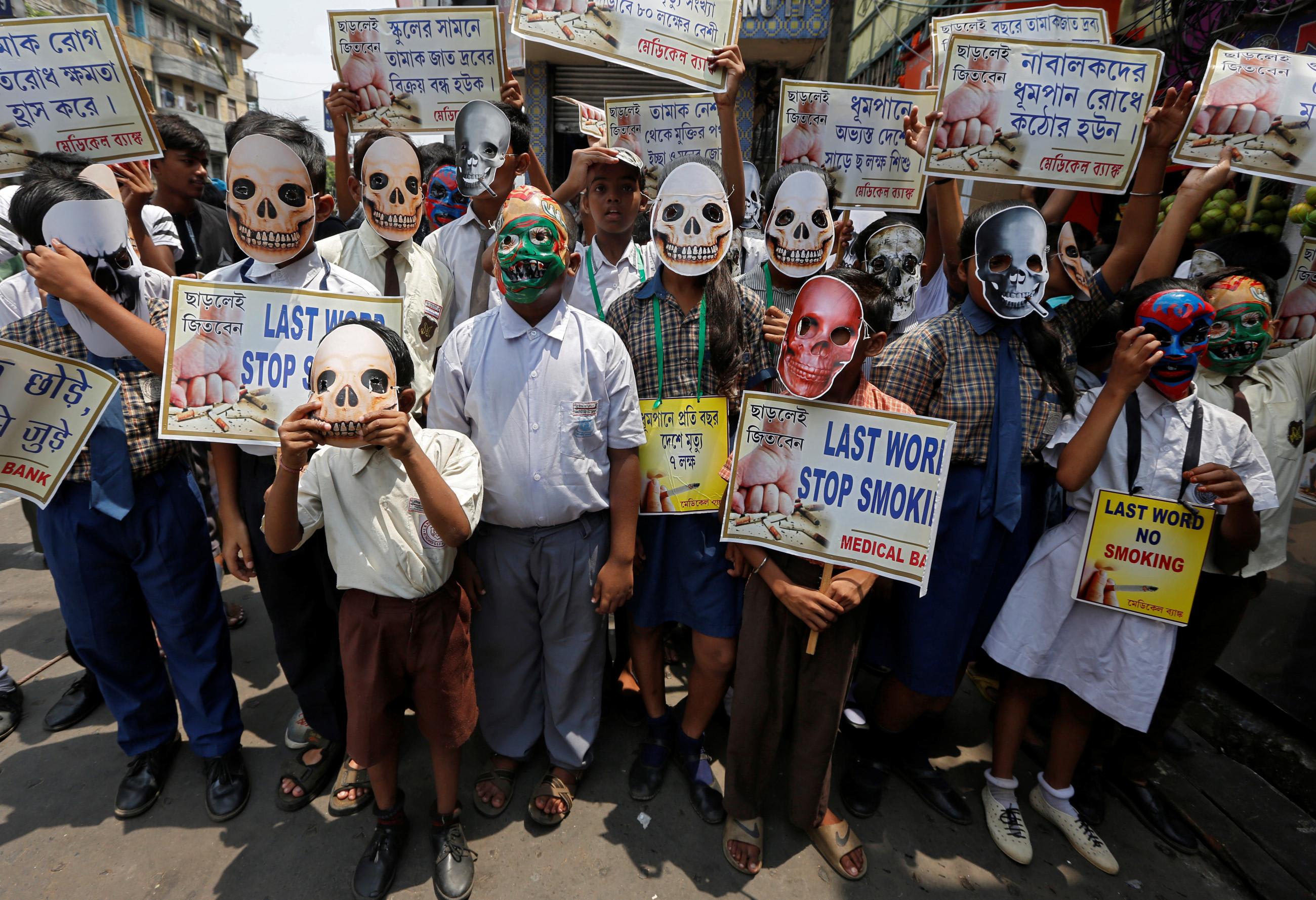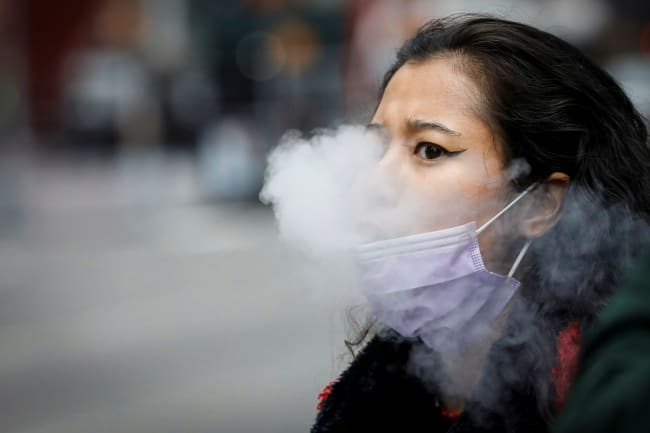Adopted by the World Health Organization in 2003, the Framework Convention on Tobacco Control (FCTC) was the first treaty to address the health hazards posed by tobacco consumption. The FCTC seeks to reduce the devastating impact of tobacco-related illnesses and the millions of premature deaths that tobacco products claim annually around the world. It has garnered support from 183 parties and is recognized as a landmark achievement in public health diplomacy.
Every two years, FCTC parties gather at a Conference of the Parties (COP) to reaffirm their dedication to the FCTC's objectives and advancing public health on a global scale. Such conferences allow countries to review progress, exchange best practices, and strengthen the FCTC's comprehensive framework of effective control measures that guide national policies and regulations on tobacco advertising, labeling, packaging, promotion, sponsorship, and taxation.
In February, the tenth COP (COP10) convened in Panama City, Panama, and hosted 142 parties of the FCTC. The conference marked the FCTC's 20-year milestone and saw the return to face-to-face proceedings after disruptions caused by the COVID-19 pandemic.
COP10 was also a turning point for global efforts to combat tobacco use. FCTC parties took action to reduce the environmental impact of tobacco products and update guidelines on tobacco advertising, promotion, and sponsorship.
The conference also revealed, however, that new tobacco products and technologies threaten global tobacco control efforts as the FCTC enters its third decade.
Protecting the Environment From Tobacco Cultivation and Consumption
The FCTC commits parties to safeguard both public health and the environment. At COP10, FCTC parties adopted a decision that emphasizes the importance of protecting the environment from tobacco production and consumption. That decision urges the parties to strengthen the FCTC's implementation through national policies that take account of the environmental impacts from the cultivation, manufacture, consumption, and waste disposal of tobacco products.
New tobacco products and technologies threaten global tobacco control efforts as the FCTC enters its third decade
In particular, COP10 addressed the detrimental effects of tobacco farming on the environment, including deforestation, land and water pollution, and competition for agricultural land needed for food production. Cigarette filters also exacerbate environmental harms by contributing to plastic pollution worldwide.
The attention that COP10 paid to those environmental concerns not only reflects the FCTC's commitment to public health but also positions the treaty as a pivotal process in international negotiations to combat plastic pollution. The long-standing tobacco control efforts of intergovernmental bodies can serve as valuable guidance and support for the development of an international legally binding instrument to address plastic pollution.
The COP10 decision on tobacco and the environment also underscores the need to protect the FCTC from tobacco industry interference. FCTC parties reliant on tobacco farming, such as China and Zimbabwe, have often attempted to delay or obstruct the implementation of FCTC-endorsed measures. The COP10 emphasis on the environmental impact of tobacco cultivation, however, can be a catalyst for such parties to transition away from tobacco farming and toward alternative crops. Overall, the COP10 decision strengthens the FCTC's resilience against tobacco industry interference, fosters sustainable development, and advances the treaty's public health objectives.
Strengthening Guidance on Tobacco Advertising, Promotion, and Sponsorship
Another significant decision at COP10 involved reinforcing the FCTC's guidelines on cross-border tobacco advertising, promotion, and sponsorship, including the portrayal of tobacco in the entertainment industry.
In 2008, FCTC parties developed guidelines for regulating or banning tobacco advertising, promotion, and sponsorship. At that time, tobacco promotion commonly included advertisements on billboards, in magazines, and on television. Over the past two decades, however, tobacco companies have transformed how they advertise and promote their products.

The advent of the internet and the proliferation of social media platforms have allowed the scope of tobacco advertising and promotion to expand dramatically. That shift challenges effective tobacco control because many countries lack the power to regulate advertisements on global media channels, such as YouTube and Instagram.
Recognizing those challenges, FCTC parties reached a consensus at COP10 on strengthening the existing guidelines by focusing on cross-border tobacco advertising, promotion, and sponsorship, as well as the entertainment industry's portrayal of tobacco products. That decision underscores the FCTC parties' commitments to adapt tobacco control strategies to evolving advertising practices and digital technologies and to protect young people from the public health and environmental dangers associated with tobacco use.
Beyond COP10
COP10 made significant strides, but FCTC parties should redouble their efforts because tobacco products and smokers' behaviors are evolving rapidly. COP meetings only happen every two years, which means that FCTC parties do not always reach consensus or take concrete action to counter fast-moving developments in tobacco consumption and promotion. That misalignment between COP meetings and the pace of change in tobacco products and smoking behaviors presents a challenge for global tobacco control efforts.
That challenge arises because the tobacco industry uses two strategies to maintain its markets. In low- and middle-income countries, the focus is on selling conventional cigarettes. In high-income countries, the industry works to transition customers from conventional cigarettes to alternative products, such as heated tobacco or electronic cigarettes. Varying national tobacco control needs mean that FCTC parties might not prioritize or show much interest in addressing new types of tobacco products at biennial COP meetings. Unfortunately, that slow pace of assessing new products means that the COP cannot keep up with the tobacco industry's rapid technological advancements and changes in smokers' behavior.
As technology in tobacco products evolves quickly, FCTC parties should find more effective ways within and beyond COP meetings to combat the dangers posed by the new era of tobacco business practices. A more proactive approach should explore innovative strategies, enhance collaboration among FCTC parties, and increase vigilance in monitoring and regulating new tobacco products and marketing tactics. Only by adapting to the changing landscape of tobacco use can the FCTC process protect public health and counter the influence of the tobacco industry.
FCTC parties should find more effective ways within and beyond COP meetings to combat the dangers posed by the new era of tobacco business practices
For example, innovative policies, such as Tobacco Endgame and Tobacco-Free Generation, have garnered considerable attention. Those policies go beyond traditional approaches by proposing bans on the sale and use of conventional cigarettes or all types of tobacco products. Some advocates even support prohibiting the use of tobacco products by individuals born after a specific year, even after they reach adulthood. Such forward-thinking tobacco control policies are a significant advancement over the FCTC's guidelines.
Countries that have been pioneers in strengthening tobacco control measures have achieved remarkable success, with conventional cigarette smoking rates dropping to less than 10%. Now, those nations are shifting their focus toward phasing out conventional cigarettes or all tobacco products. That ambitious approach requires the development of policies that are stronger than the FCTC's guidelines, which primarily target the demand and supply of tobacco products.
Encouragingly, FCTC parties reached consensus at COP10 on establishing an expert group to oversee efforts to research and formulate new tobacco control policies that go beyond the existing FCTC's framework. That agreement marks a pivotal moment where global tobacco control efforts can transition from the goal of reducing smoking rates to implementing strategies that ban the sale and use of tobacco products.
Drawing insights from countries on the path toward tobacco elimination can help reduce smoking rates and expand tobacco control policies beyond what the FCTC has already achieved. Such a concerted effort could bring the world closer to the goal of safeguarding human health and well-being from the harms of tobacco use.













